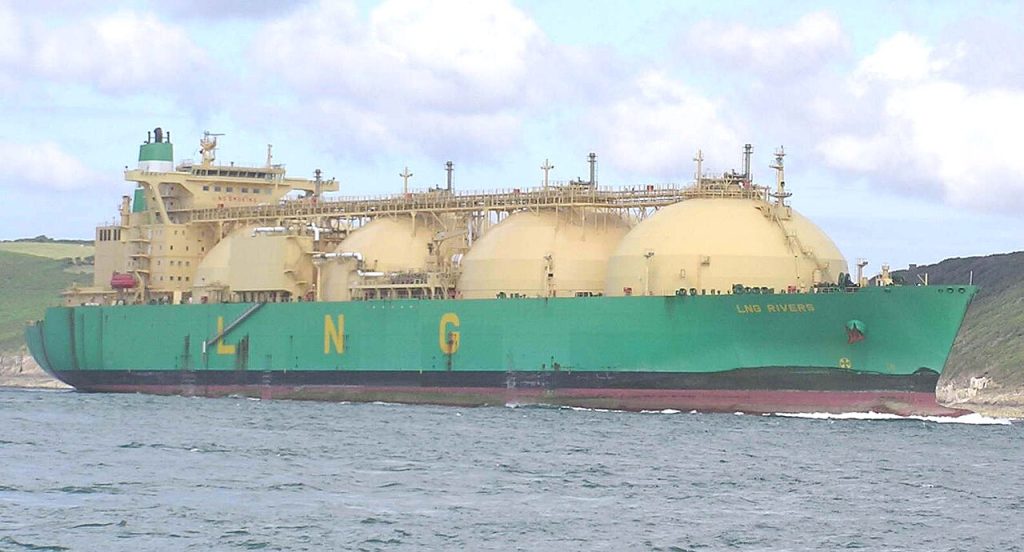
Russia’s decision in 2022 to choke off gas deliveries to Europe was meant to fracture Western unity; instead, it set off a structural shift in the continent’s energy system, as it quickened the buildout of liquefied natural gas infrastructure and bound Europe more tightly to U.S. supply chains. The shift is most clearly visible in Central and Eastern Europe, where new import terminals and converted pipelines are replacing the Russian corridors that once carried nearly half of the European Union’s gas.

1. From Pipeline Dependency to LNG Corridors
Before the war in Ukraine, Russian pipeline gas accounted for 45% of EU imports. That share has collapsed to under 10%, replaced largely by U.S. LNG, which now supplies 57% of Europe’s total gas imports. This pivot required rapid engineering adaptations: legacy transmission networks designed for east-west flows were reconfigured to accommodate regasified LNG from Poland’s Świnoujście terminal, Lithuania’s Klaipėda facility, and Greece’s Revithoussa and Alexandroupolis FSRUs. In Poland, the Baltic Pipe and expanded interconnectors now channel LNG deep into Ukraine and Slovakia, while Greece’s “Vertical Gas Corridor” links Alexandroupolis to Bulgaria, Romania, and Moldova.
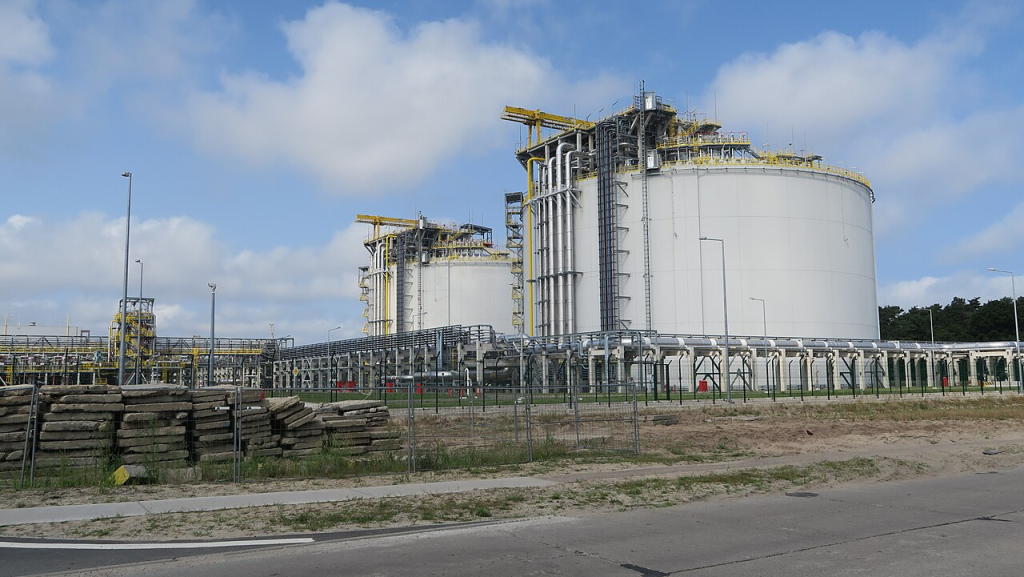
2. Technological Expansion in Poland and Greece
Following the upgrade, Poland’s Świnoujście terminal will be able to handle 8.3 bcm per year, feed into cross-border pipelines that have reverse flow capability, and allow re-exports. The Alexandroupolis FSRU was commissioned in 2024, adding 5.5 bcm per year of annual capacity, with the ongoing grid expansion at DEFSA enabling export capacity of 8.5 bcm. Both the Alexandroupolis FSRU and Świnoujście terminal are regasifying LNG by means of high-efficiency submerged combustion vaporizers to minimize boil-off gas losses during peak winter demand. Engineering teams also optimized Q-Flex and Q-Max LNG-carrier berthing to enable shorter turnaround times and higher throughputs.
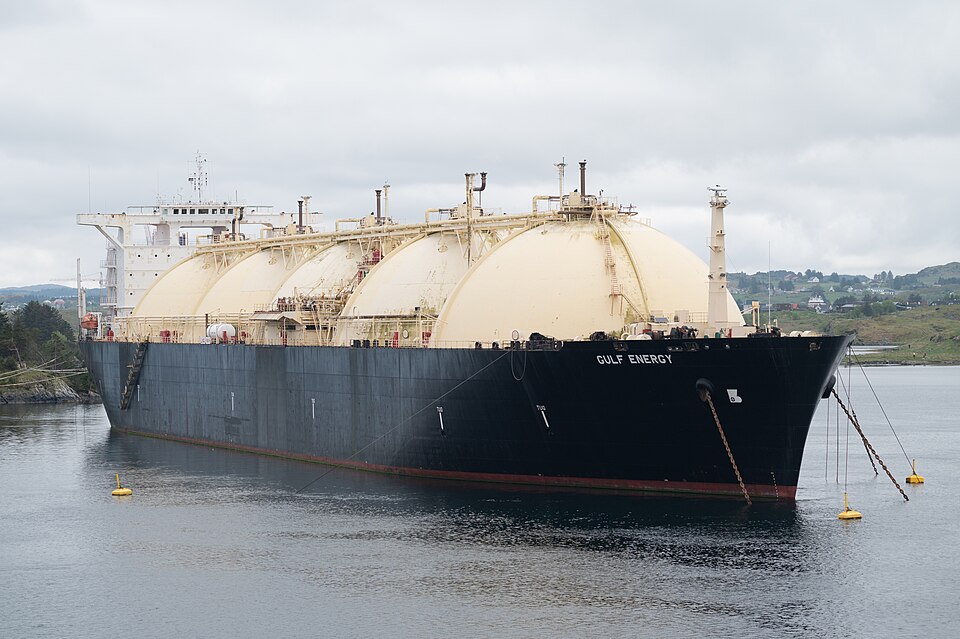
3. U.S. Gulf Coast Capacity Surge
The rollback of permitting pauses by the Trump Administration has unleashed a wave of investment in Gulf Coast liquefaction plants. There is Venture Global’s CP2 project in Louisiana, financed at US$15 billion, which will become the largest U.S. LNG facility upon completion. Five new plants approved in 2025 alone will add 50 million metric tons per year of export capacity, supported by modular liquefaction trains that allow for phased commissioning and faster market entry. Long-term European contracts underpin the expansions, including Greece’s 20-year deal for up to 2 bcm annually starting in 2030.
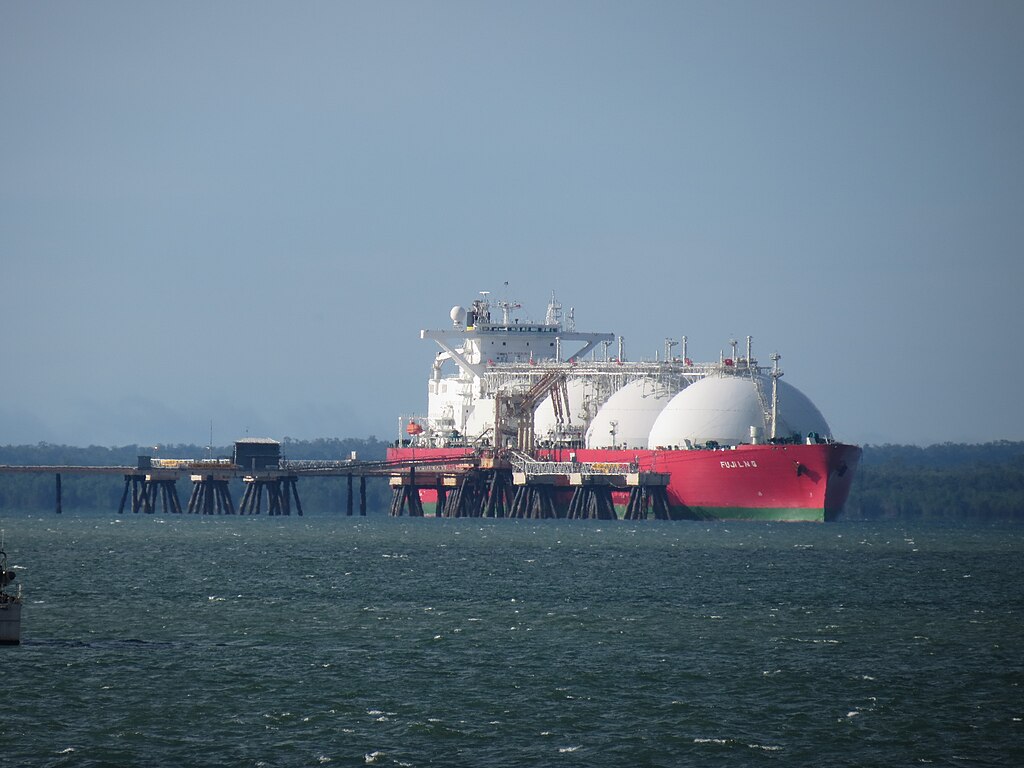
4. Innovations in LNG shipping
Advances in LNG carrier technology are critical for sustaining transatlantic flows. Modern vessels are being fitted with reliquefaction systems that capture and recondense boil-off gas, reducing methane slip and improving cargo efficiency. Dual-fuel diesel-electric propulsion allows flexible routing while cutting emissions. Real-time hull and propeller monitoring systems are optimizing fuel use, which is now a necessity for competitive delivery into European ports facing high transmission tariffs.
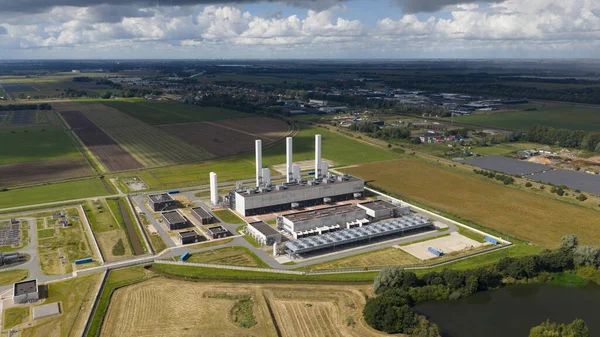
5. Pipeline Conversion Engineering
Repurposing the routes of the Russian pipelines for LNG distribution has entailed complex hydraulic modeling in order to reverse the direction of flow and integrate these with regasification hubs. Compressor stations have been retrofitted with variable-speed drives for fluctuating LNG-derived supply pressures. Large underground storage facilities with the potential to hold more than 30 bcm feed into Ukraine via interconnectors from Poland and Slovakia, adding seasonal balancing to regional grids.
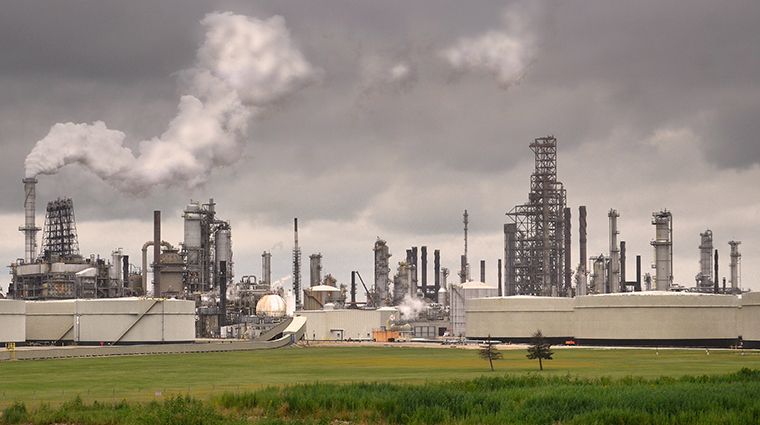
6. Regulatory Friction and Methane Standards
The EU’s methane rule, fully in place by 2027, requires importers to have monitoring, reporting and verification standards equal to those for producers in the EU. American exporters have some structural hurdles, given the gas in their wide pipeline networks is commingled. As EQT’s Will Jordan says, “The rules, as currently designed, make it impossible for any U.S. operator.to have confidence that they will qualify.” Standards harmonization includes proposed protocols from the University of Texas that aim to help satisfy the EU’s requirements, but a lack of clarity on compliance has already cooled contract negotiations.

7. Geopolitical Leverage and Trade Commitments
The headline pledge of the July 2025 U.S.–E.U. trade deal $750 billion in American energy purchases by 2028 is widely viewed as aspirational. In practice, replacing phased-out Russian volumes could add $7–$8 billion annually in U.S. LNG sales. But Washington has used Europe’s dependence to push for regulatory concessions, targeting the Corporate Sustainability Due Diligence Directive and methane rules. Energy Secretary Chris Wright told Athens’ P-TEC summit, “If you want to move U.S. natural gas into the European Union, you’ve got to change the legal regulatory framework.”
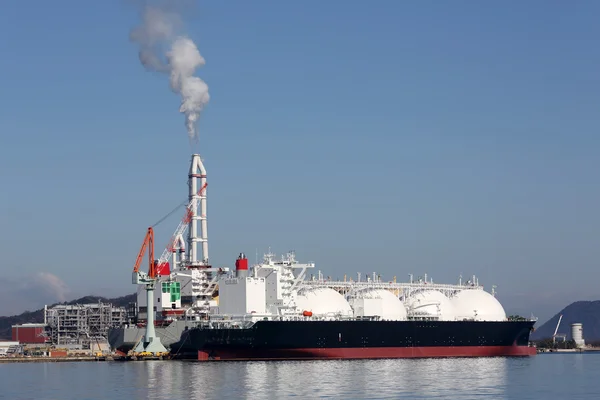
8. Market Risks and Demand Trajectories
Analysts also warn that European demand is shrinking and will decline 19% by 2030, stranding LNG assets. Overall, consumption may be down 24% in Southeastern Europe by 2050. Oversupply in the global LNG market combined with faster deployment of renewables may force buyers to seek shorter, more flexible contracts rather than the long-term deals U.S. exporters would like.

9. Strategic Infrastructure and Energy Security
Despite these risks, the engineering footprint of LNG is now deeply set in place across Europe. Regasification capacity is up 32% since 2022, while upgrades to interconnectors have given the grid greater resilience. The challenge for policymakers will lie in balancing immediate energy security against long-term decarbonization, ensuring that today’s LNG corridors will be capable of adapting to the hydrogen and biomethane flows of the future rather than locking the continent into fossil dependency.
This remapping of Europe’s gas market is as much a feat of engineering as a geopolitical realignment. The hardware of energy trade-from the liquefaction trains along the US Gulf Coast to the offshore mooring systems at Alexandroupolis-now underpins a new transatlantic axis, forged in crisis but one whose durability will depend on regulatory, market, and climate constraints.


